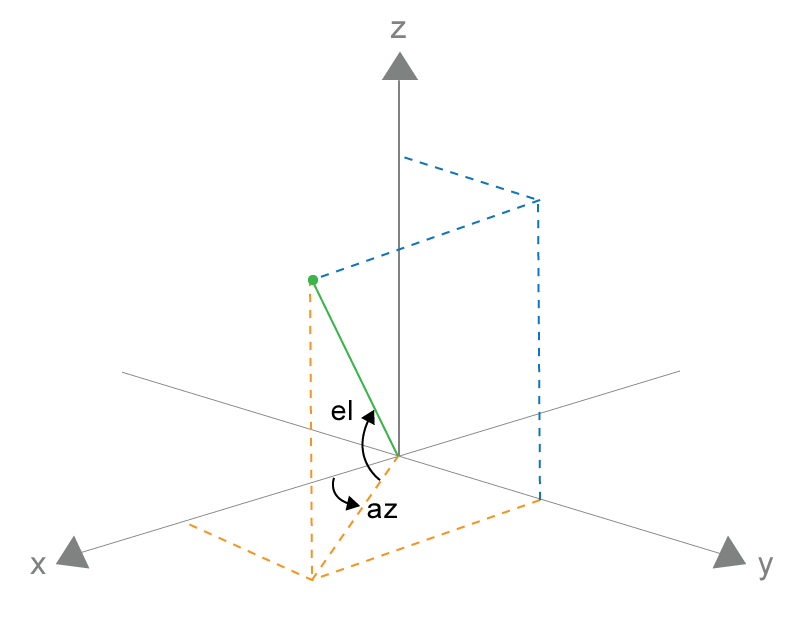imgradient3
Find gradient magnitude and direction of 3-D image
Syntax
Description
[
returns the gradient magnitude, Gmag,Gazimuth,Gelevation]
= imgradient3(I)Gmag, gradient
direction, Gazimuth, and gradient elevation
Gelevation of the 3-D grayscale or
binary image I.
[
calculates the gradient magnitude, direction, and elevation using
the specified Gmag,Gazimuth,Gelevation]
= imgradient3(I,method)method.
Examples
Input Arguments
Output Arguments
Algorithms
imgradient3 does not normalize the gradient
output. If the range of the gradient output image has to match the
range of the input image, consider normalizing the gradient image,
depending on the method argument used. For example,
with a Sobel kernel, the normalization factor is 1/44 and for Prewitt,
the normalization factor is 1/18.

